The only edition of the beloved classic that is authorized by Fitzgerald’s family and from his lifelong publisher. This edition is the enduring original text, updated with the author’s own revisions, a foreword by his granddaughter, and with a new introduction by National Book Award winner Jesmyn Ward. The Great Gatsby, F. Scott Fitzgerald’s third book, stands as the supreme achievement of his career. First published by Scribner in 1925, this quintessential novel of the Jazz Age has been acclaimed by generations of readers. The story of the mysteriously wealthy Jay Gatsby and his love for the beautiful Daisy Buchanan is an exquisitely crafted tale of America in the 1920s.
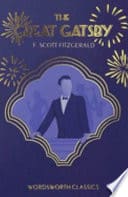
Average Rating
Informations
About the author
F. Scott Fitzgerald
Author
Francis Scott Key Fitzgerald, widely known as F. Scott Fitzgerald or simply Scott Fitzgerald, was an American novelist, essayist, and short story writer. He is best known for his novels depicting the flamboyance and excess of the Jazz Age, a term that he popularized in his short story collection Tales of the Jazz Age. He published four novels, four story collections, and 164 short stories. He achieved transient success and fortune in the 1920s, but did not receive critical acclaim until after his death. He is now widely regarded as one of the greatest American writers of the 20th century.
The Great Gatsby
by F. Scott Fitzgerald
Books Like The Great Gatsby
If you're looking for books similar to The Great Gatsby, here are some recommendations based on themes, tone, and narrative style.
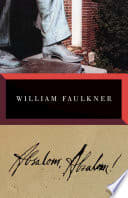
Absalom, Absalom!
William Faulkner
A complex novel exploring the legacy of the American South and the nature of storytelling. The narrative reconstructs the tragic story of Thomas Sutpen and his family, revealing layers of historical and personal complexity. Like Gatsby, it examines the mythology of American identity and the destructive power of ambition. Faulkner's innovative narrative style creates a rich, multilayered exploration of history.
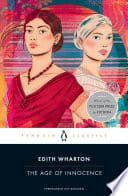
The Age of Innocence
Edith Wharton
A nuanced exploration of New York high society in the 1870s, examining social constraints and forbidden love. The novel follows Newland Archer, torn between social expectations and passionate desire. Like Gatsby, it critiques the rigid social structures of its time and the personal cost of maintaining social appearances. Wharton's elegant prose reveals the complex inner lives of her characters.
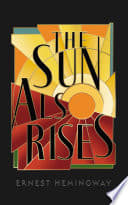
The Sun Also Rises
Ernest Hemingway
A powerful novel about the Lost Generation in post-World War I Europe. The book follows a group of American and British expatriates as they travel from Paris to Pamplona, Spain. Like Gatsby, it explores themes of disillusionment, social decay, and the search for meaning in a changing world. Hemingway's sparse prose captures the emotional landscape of a generation struggling to find purpose.
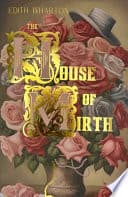
The House of Mirth
Edith Wharton
A devastating critique of New York society's treatment of women in the early 20th century. The novel follows Lily Bart, a beautiful woman struggling to secure her social and financial position. Similar to Gatsby, it explores themes of social performance, economic pressure, and personal tragedy. Wharton's sharp observations reveal the cruel mechanisms of social hierarchy.
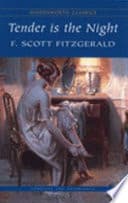
Tender Is the Night
F. Scott Fitzgerald
Another Fitzgerald masterpiece exploring the decadence and moral decay of the wealthy elite. Set in the French Riviera during the 1920s, the novel follows the psychological disintegration of a glamorous American couple. It delves deep into themes of mental illness, social status, and the erosion of the American Dream. The book captures the same elegant prose and social critique found in The Great Gatsby.
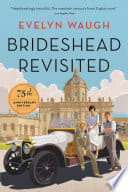
Brideshead Revisited
Evelyn Waugh
A nostalgic novel about love, loss, and the decline of the British aristocracy. The story follows Charles Ryder's relationship with the aristocratic Flyte family, exploring themes of memory and social transformation. Similar to Gatsby, it examines the disillusionment of the upper class and the erosion of traditional social structures. Waugh's rich prose captures the melancholy of a changing world.
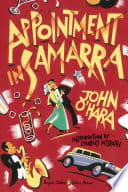
Appointment in Samarra
John O'Hara
A stark exploration of social class and personal destruction in small-town America. The novel follows Julian English, a successful car dealer whose life unravels after a single impulsive act. Similar to Gatsby, it provides a penetrating look at social expectations, personal failure, and the thin veneer of respectability. O'Hara's precise prose captures the nuanced social dynamics of early 20th-century America.
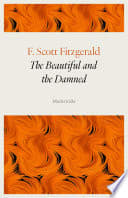
The Beautiful and Damned
F. Scott Fitzgerald
Another Fitzgerald novel exploring the lives of privileged young Americans in the Jazz Age. The story follows Anthony and Gloria Patch, a glamorous couple whose lives spiral into dissolution. Similar to Gatsby, it provides a critical examination of wealth, marriage, and social expectations. The novel captures the decadence and ultimate emptiness of a certain social class.
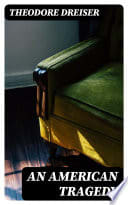
An American Tragedy
Theodore Dreiser
A powerful novel about ambition, social mobility, and moral compromise in early 20th-century America. The story follows Clyde Griffiths, whose desire for social advancement leads to devastating consequences. Like Gatsby, it explores the dark side of the American Dream and the destructive power of social aspiration. Dreiser's naturalistic style provides a stark examination of social dynamics.
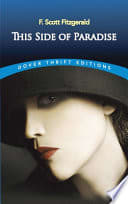
This Side of Paradise
F. Scott Fitzgerald
Fitzgerald's debut novel that launched his literary career, exploring the disillusionment of young American aristocracy. The story follows Amory Blaine through his privileged upbringing and romantic pursuits, reflecting the social dynamics of the early 20th century. It shares the same keen social observation and critique of upper-class society as The Great Gatsby. The novel captures the spirit of the Jazz Age with remarkable insight.
No account connected — sign in to comment.
